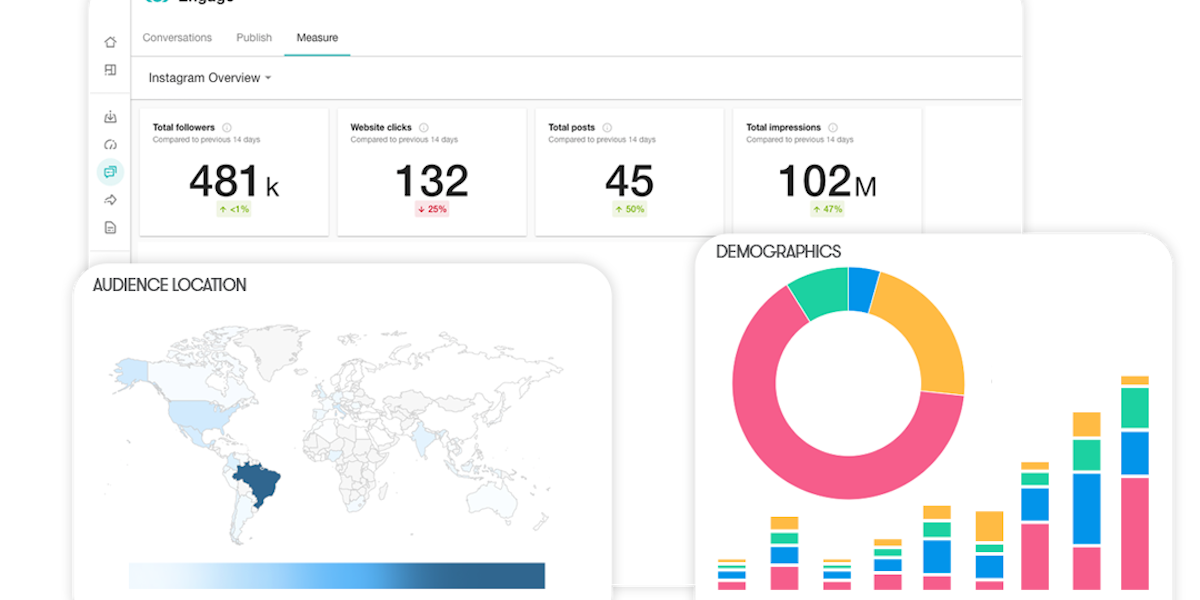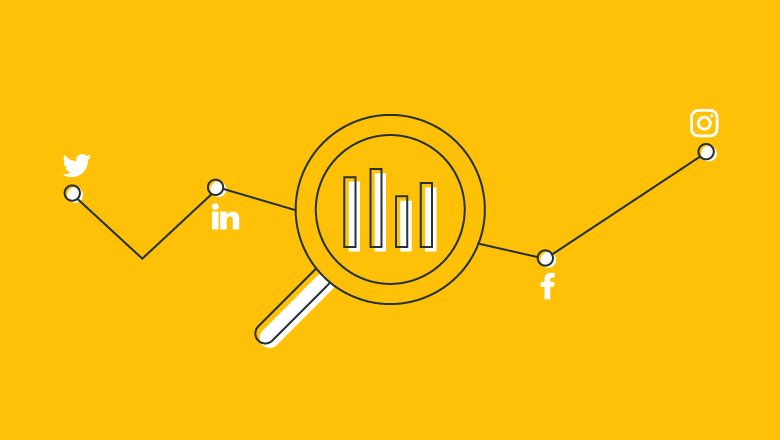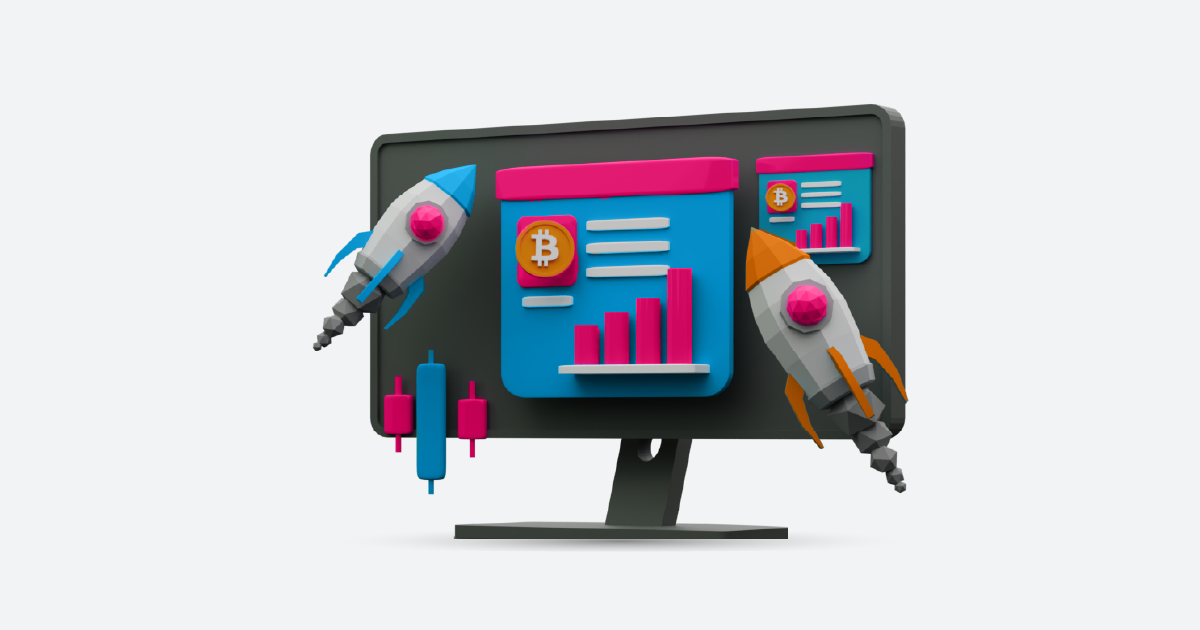In today’s digital age, social media has become an integral part of our daily lives. With billions of users actively engaging on platforms like Facebook, Instagram, Twitter, and LinkedIn, these platforms have evolved into gold mines of valuable data. Social media data analysis is a powerful practice that enables businesses to extract meaningful insights from the vast ocean of social media interactions, ultimately driving better decision-making and improved strategies.
Understanding Social Media Data Analysis

Social media data analysis refers to the process of collecting, analyzing, and interpreting data generated from social media platforms. It involves the examination of various metrics, trends, and patterns to gain a comprehensive understanding of audience behavior and preferences. By deciphering this data, businesses can optimize their marketing efforts, enhance brand visibility, and create impactful customer experiences.
Tools and Techniques for Social Media Data Analysis
- Social Media Monitoring Tools: These tools help businesses keep track of mentions, comments, and conversations about their brand or industry, enabling them to respond promptly and manage their online reputation effectively.
- Sentiment Analysis: This technique gauges the sentiment behind social media posts, whether positive, negative, or neutral. It provides valuable insights into how customers perceive a brand and its products or services.
- Hashtag Analysis: Hashtags play a crucial role in categorizing content on social media. Analyzing popular hashtags helps businesses understand trending topics and identify relevant conversations to engage in.
- Influencer Tracking: Identifying and monitoring influential personalities in a specific niche allows businesses to collaborate with key influencers for effective brand promotion.
- Competitor Analysis: Analyzing competitors’ social media strategies helps businesses benchmark their performance and uncover opportunities for improvement.
Key Metrics in Social Media Data Analysis
- Reach and Impressions: These metrics indicate how many users have viewed a post and how frequently it appeared on their feed.
- Engagement Metrics: Likes, comments, shares, and retweets reflect how well the audience is engaging with the content.
- Click-Through Rates (CTR): CTR measures the percentage of users who clicked on a link, revealing the effectiveness of a call-to-action.
- Conversion Rates: Conversion rates track the number of users who completed a desired action, such as making a purchase or signing up for a newsletter.
Benefits of Social Media Analysis
- Improving Marketing Strategies: Data-driven insights enable businesses to tailor their marketing campaigns to resonate with their target audience better.
- Enhancing Customer Engagement: By understanding customer preferences, businesses can create more engaging content and personalized interactions.
- Identifying Trends and Opportunities: Social media data analysis helps spot emerging trends and capitalize on new opportunities in the market.
- Crisis Management: Real-time monitoring allows businesses to address negative sentiments and crises promptly.
Challenges
- Data Privacy and Ethics: Handling user data responsibly is critical to maintaining trust and avoiding legal issues.
- Data Volume and Variety: The sheer volume and variety of social media data can be overwhelming and challenging to manage.
- Real-time Analysis: Social media operates in real-time, requiring businesses to analyze data promptly to respond effectively.
Best Practices for Effective Social Media Data Analysis
- Defining Clear Objectives: Clearly outline the goals of social media analysis to focus on relevant metrics and insights.
- Choosing the Right Tools: Select tools that align with the business’s specific needs and objectives.
- Integrating Data Sources: Integrate social media data with other marketing data to gain a comprehensive view of performance.
- Understanding the Audience: Knowing the target audience deeply helps in tailoring content and strategies to their preferences.
- Regular Reporting and Analysis: Consistent monitoring and reporting facilitate continuous improvement and adaptation.
Future Trends
- AI and Machine Learning Integration: Automation and AI-powered tools will streamline social media analysis, making it more efficient and insightful.
- Augmented Reality (AR) for Enhanced Customer Experience: AR will be used to create interactive and immersive social media content, increasing user engagement.
Conclusion
In conclusion, social media data analysis is a game-changer for businesses seeking to thrive in the digital landscape. By tapping into the wealth of data available on social platforms and applying the right tools and techniques, companies can uncover valuable insights, engage with their audience more effectively, and stay ahead of the competition.
Are you ready to take your social media strategy to the next level? Request a demo from AIM Technologies today and discover how our cutting-edge data analysis tools can empower your business with actionable insights and drive success in the ever-evolving world of social media.
FAQs
Is social media analysis only relevant to large businesses?
- No, social media analysis is beneficial for businesses of all sizes as it helps optimize marketing efforts and enhance customer engagement.
How often should I conduct social media analysis?
- Regular analysis is recommended to track performance and make data-driven decisions. Monthly or quarterly analysis is a good practice.
Can social media data analysis help in crisis management?
- Yes, real-time monitoring and sentiment analysis can help identify and address potential crises promptly.
Are there free social media analysis tools available?
- Yes, some tools offer free versions with limited features, making social media analysis accessible to businesses with smaller budgets.
How can I ensure data privacy and security during social media analysis?
- Ensure that the tools and platforms you use comply with data protection regulations and implement security measures to safeguard user data.




